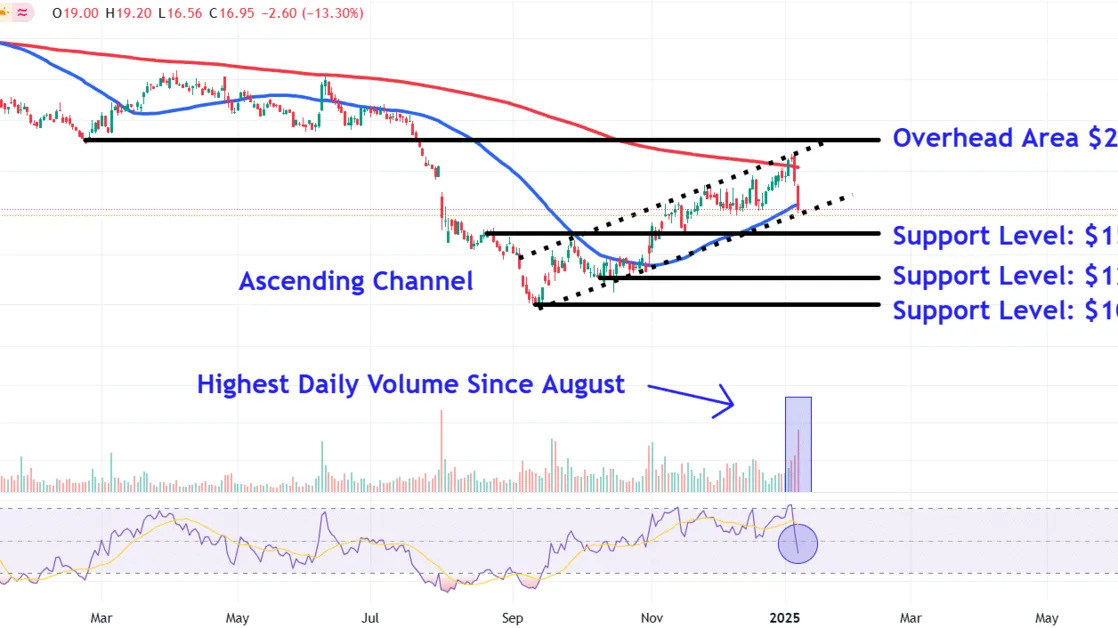(Bloomberg) -- Australia’s core inflation unexpectedly decelerated last quarter, supporting the Reserve Bank’s view that prices will gradually ease and prompting money markets to boost bets on an interest-rate cut. The currency and bond yields dropped.
Traders abandoned wagers on policy tightening at the RBA’s meeting next week after the closely-watched trimmed mean inflation gauge, which smooths out volatile items, advanced 3.9% in the second quarter from 4% in the prior period, government data showed Wednesday. The consumer price index rose 3.8% in the three months through June from a year earlier, matching estimates.
The currency fell as much as 0.8% and yields on policy sensitive three-year government bonds declined 25 basis points, while stocks surged. Traders are now pricing a 67% chance of a rate cut in December.
Annual trimmed mean inflation slowed for a sixth consecutive quarter, down from a peak of 6.8% in the fourth quarter of 2022. That disinflationary impulse is likely to boost confidence among policymakers that they can remain on a “narrow path” of maintaining job gains while bringing the economy in for a soft landing.
“There will likely have been a huge sigh of relief at the RBA,” said Su-Lin Ong, Sydney-based chief economist at Royal Bank of Canada. “It will still likely debate a rate hike next week but will deliver a steady rate verdict and continue to signal vigilance with returning inflation to target the priority.”
The RBA has raised rates by less than global counterparts as it worried about the capacity of heavily-indebted households to meet significantly higher mortgage repayments. The cooling in prices suggests the central bank is on track to meet its goal of returning inflation to the 2%-3% target late next year without requiring further action.
What Bloomberg Economics Says...
“While we think a rate hike will be on the table at the August board meeting, our bet is that the RBA will opt to remain in a high-for-longer holding pattern for now.”
— James McIntyre, economist
For the full note, click here
Australia’s policy caution has left it near the back of the global cycle given the RBA had refused to rule out hikes at a time when some peers are already easing. The Federal Reserve is likely to lay the groundwork for a September pivot at this week’s meeting. The Bank of Japan is an outlier, having raised rates on Wednesday.
Australian Treasurer Jim Chalmers, who has been tracking inflation releases almost as closely as economists and financial markets, was upbeat after Wednesday’s report, given it now seems unlikely rates will rise any further.
“While headline inflation is proving sticky and stubborn, and is more persistent than we would like, it is less than half its peak,” he said. “Inflation is lingering for longer than we had hoped across the globe, and Australia’s experience is no different.”
The RBA meets to discuss monetary policy on Aug. 5-6 and will also publish updated economic forecasts with Tuesday’s decision. The CPI data follows stronger-than-forecast jobs growth.
A separate ABS release on Wednesday for Australian retail sales volumes in the second quarter posted a decline of 0.3%, underscoring the pressure on household finances from higher borrowing costs.
“Australia and its peer economies are seeing the pandemic-era, supply-driven inflation surge unwind,” said Luci Ellis, chief economist at Westpac Banking Corp. “Given the sub-consensus inflation outcome and the run of other data confirming that domestic demand growth is soft, we affirm our November call for the first rate cut, with more conviction than previously.”
The strength in recent economic and partial price data had raised questions over whether policy is sufficiently restrictive. Just last month, Governor Michele Bullock reiterated the rate-setting board isn’t ruling anything in or out after leaving the benchmark at a 12-year high of 4.35%.
The RBA has held rates since a surprise tightening late last year, while highlighting that aggregate demand still exceeds the economy’s supply capacity.
Wednesday’s inflation report also showed:
--With assistance from Matthew Burgess, Garfield Reynolds and Shinjini Datta.
(Adds Bank of Japan decision, comments from analysts, updates markets.)
More stories like this are available on bloomberg.com





